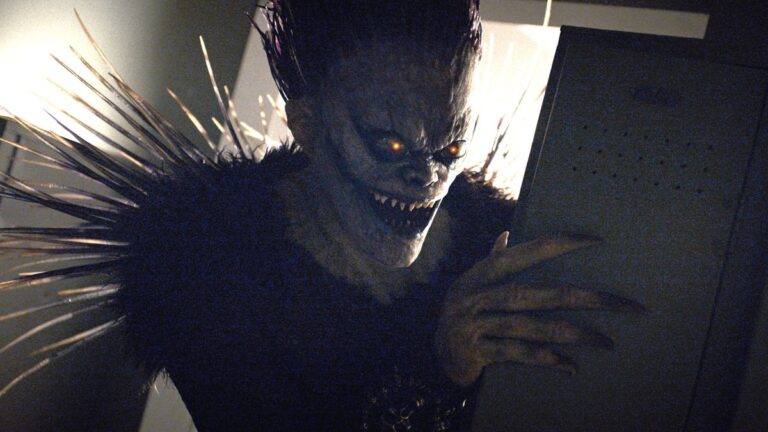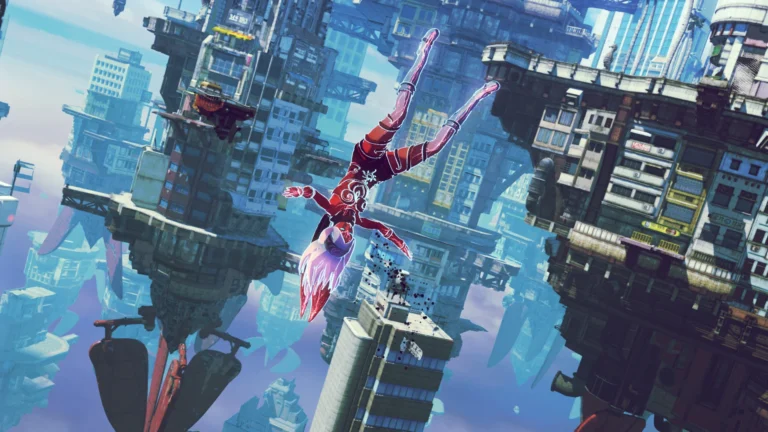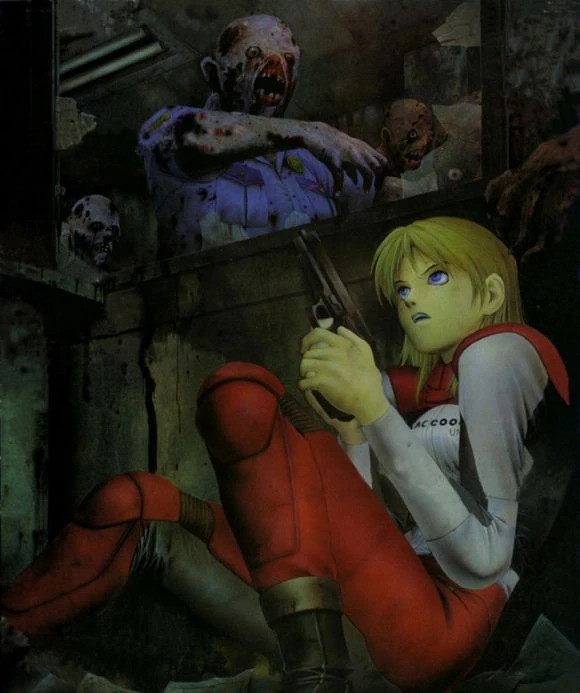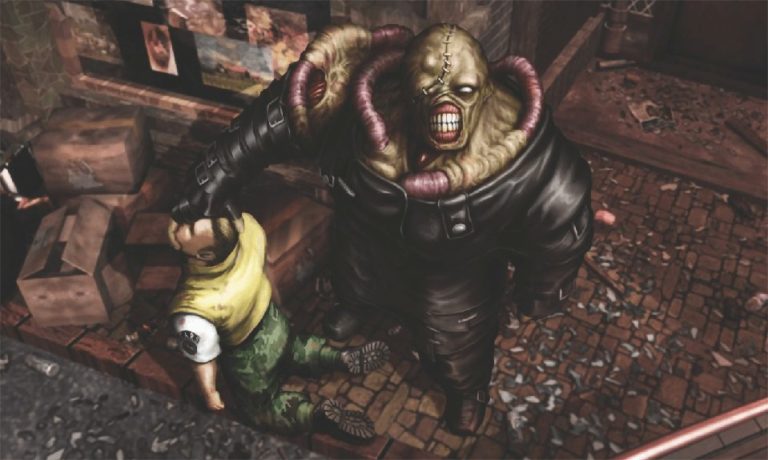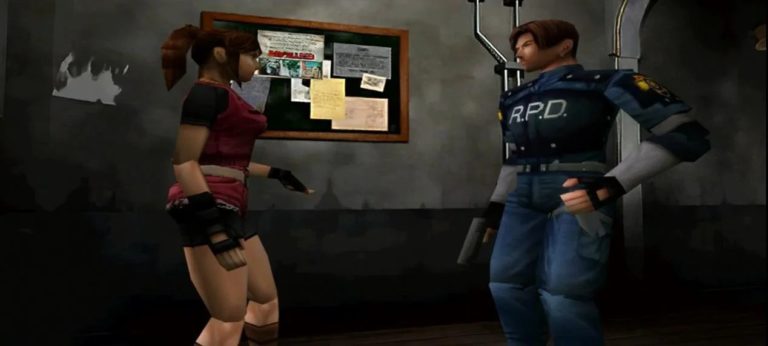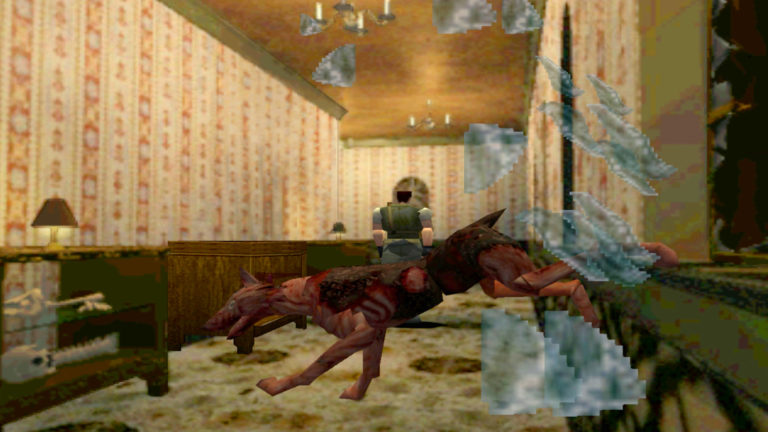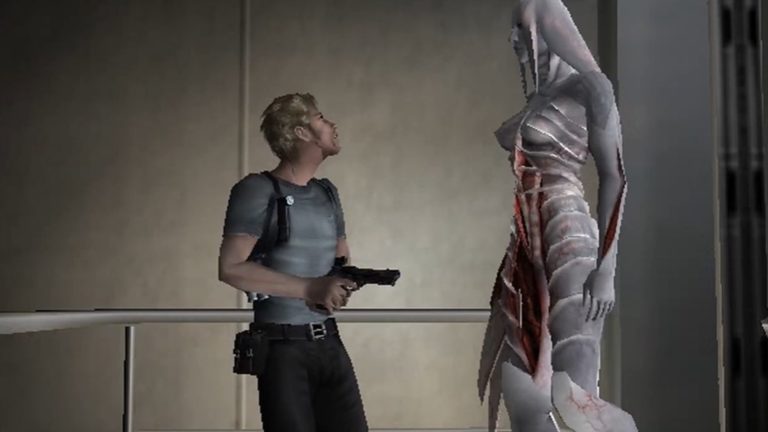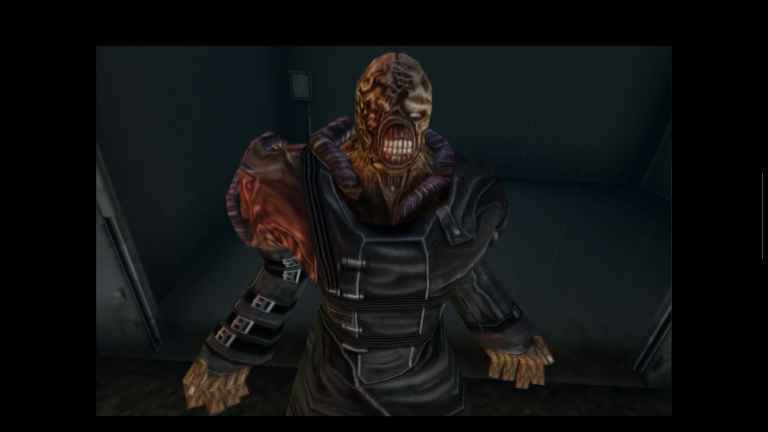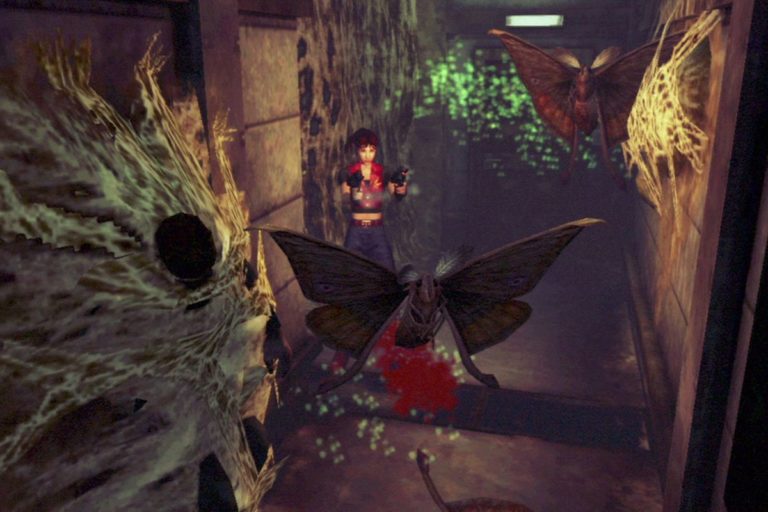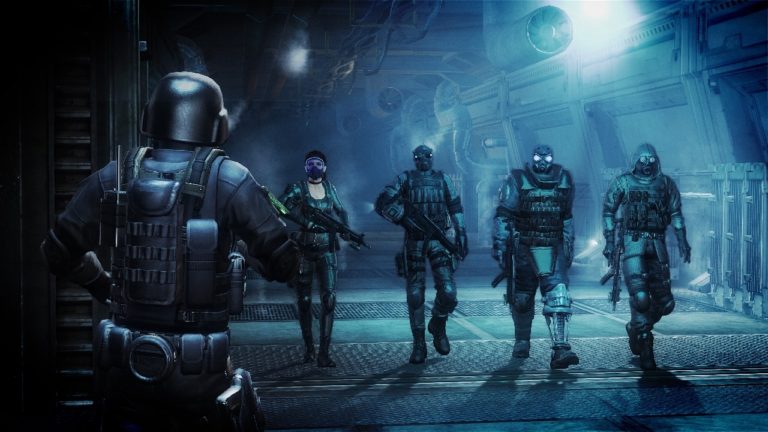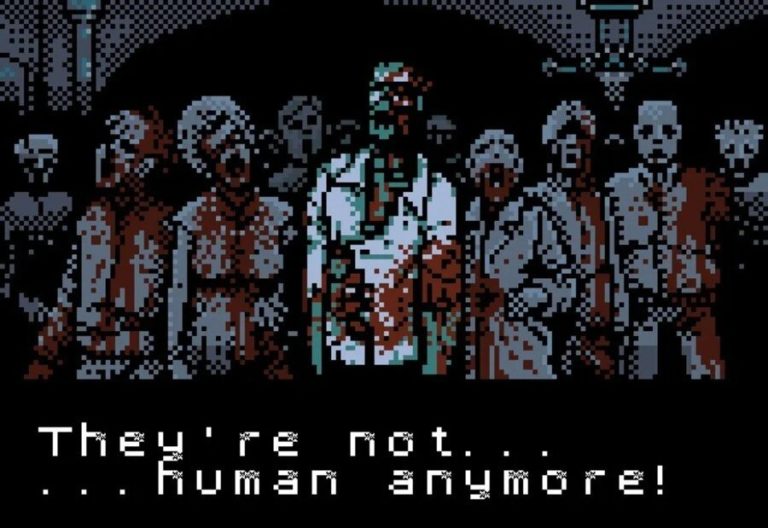When I was a teen (back around 2005), I really got into video game magazines. EGM, Game...
Resident Evil
Rounding out this new series of favourite and least favourite media, we have my list of the...
So, since I went through my top 100 games of all-time, I thought it might be interesting...
50. Demolition Racer (1999, PS1) A childhood classic, Demolition Racer is what it sounds like: combine demolition...
Lately, I’ve been seeing people on social media posting Topsters lists of their favourite video games, which...
Welcome back to a very special bonus entry in the Resident Evil love/hate series! In this entry...
Welcome back to the Resident Evil love/hate series! In this entry we’ll be going over the original...
Welcome back to the Resident Evil love/hate series! In this entry we’ll be going over the original...
Welcome back to the Resident Evil love/hate series! Now that we’ve been through all the main entries...
Welcome back to the Resident Evil love/hate series! In this entry we’ll be going over the third,...
Welcome back to the Resident Evil love/hate series! In this entry we’ll be going over one of...
Welcome back to the Resident Evil love/hate series! It has been quite a while since the last...
Welcome back to the Resident Evil love/hate series! In this entry we’re looking at Resident Evil: Operation...
Welcome back to the Resident Evil love/hate series! In this entry we’re looking at the truly bizarre...

